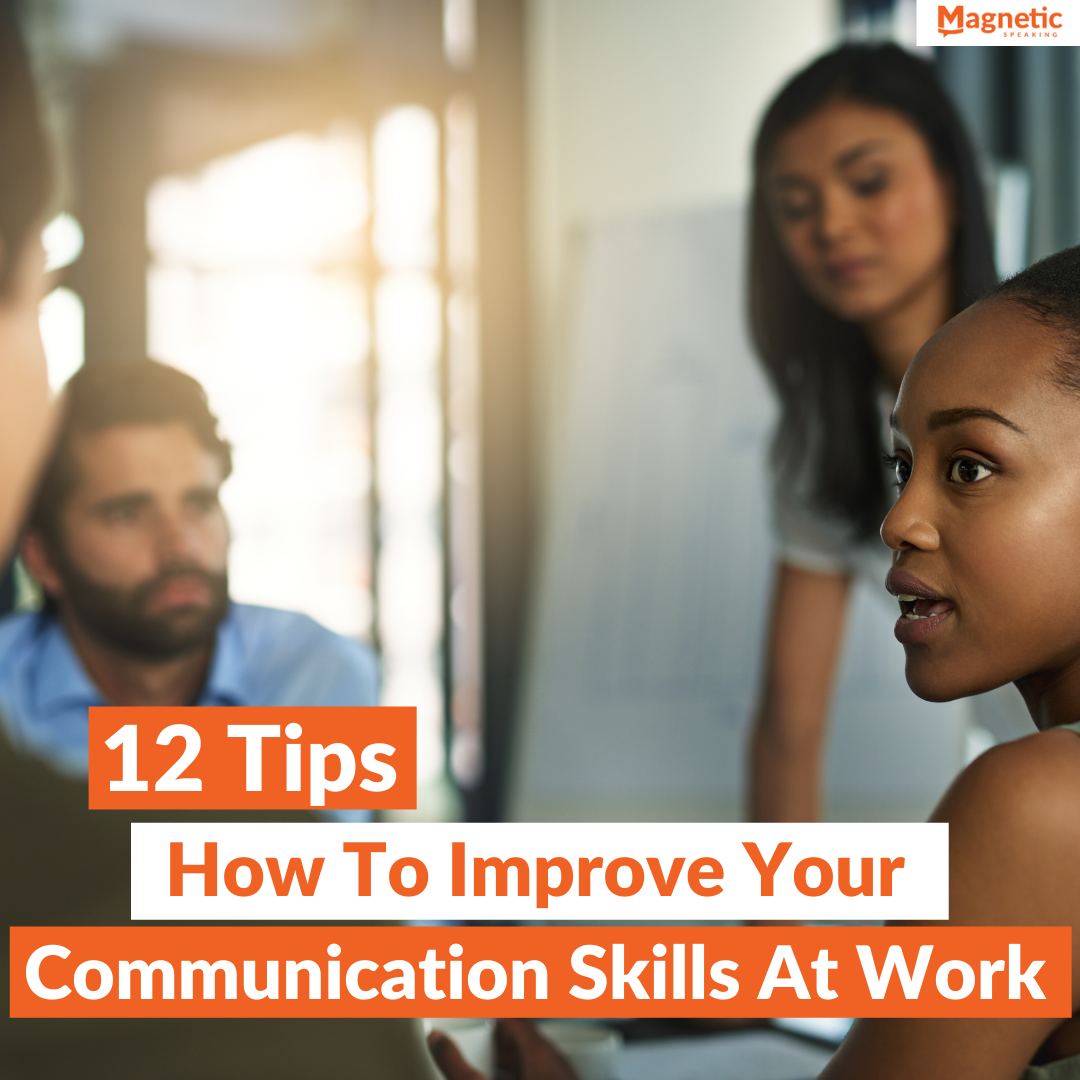Mike’s presentations were always fun and interactive!
Mike was the CEO of the very first company I worked at after college.
Mike knew his material, and he knew how to present it. He made presentations on cancer vaccines seem almost like a scene from Game of Thrones.
As an entry-level engineer at the time, I envied Mike. I wanted to be like him. I spent the last ten years of my life after leaving engineering studying the best speakers in the world and as a result collected some techniques that made my presentations more fun and more enjoyable.
Here are 6 of them.
1. Set your intention for an interactive presentation
If you don’t set your intention to have an interactive presentation, then you are leaving it to chance. By setting your goal of interactivity, your subconscious mind will work with you to help make it happen.
A friend of mine was complaining the other day that his presentation was not fun for the audience. Right away, I asked if one of his goals for the presentation is to be fun. He gave me a puzzled look and said “Haaa!”
Most people don’t set any goal for their presentations. Don’t be like most people, stand out and start setting goals. Include interactivity as part of your goal.
2. Be more playful
It always amazes me to see presenters become robots on stage. During one-on-one talks, they are lively and sociable, and the moment they get up to present, they go into serious mode.
Once you are on stage, you are a role model to your audience. If you are detached, scared, nervous, robotic, then your audience will mirror back that to you.
If you want your audience to have fun and interact with you, then you need to loosen up and be more playful.
3. Be clear about your expectations with your audience
If you want your presentation to be interactive, then you have to set the expectation from the beginning of the presentation. You do that directly and indirectly.
The indirect way:
The indirect way is to start off your presentation with an interaction is asking the audience a question. For example, you can begin by asking “How many of you read the meeting minutes?” or “How many of you are familiar with XYZ product?” It is called an enrolling question. Even if the audience does not respond, the psychological effect of your intention to interact is communicated.
The direct way
The direct way is to tell your audience that the presentation is going to be interactive in your introduction. When I give break out sessions, I always say that “I want the presentation to be interactive, I can be up here and speak for 2 hours, but it will be boring for you and me. Please raise your hand if you have any questions or want to share something and we will take it from there.? Then I look at the audience and say “is that ok with you?” and look for nods.
When I do direct and indirect, I telegraph my intention to my audience upfront so that there are no surprises later. I see many speakers who start serious and non-interactive and then try to switch the game on the audience. If you don’t start with interactivity, then it will be hard to change midway through your presentation.
4. Manage the energy of your audience
Sometimes people don’t interact or participate in your presentations because they are tired. Corporate life requires people to sit in one meeting after another. That’s how things run, and until that changes, you need to find a way to deal with it.
One of the best ways to manage the energy of the group is to give them a break.
Direct breaks are official breaks that you cut out of your presentation. In the 1-hour weekly public speaking workshops, we give people 3-5 minutes break in the middle. We understand that people might want to get water, coffee, or use the restroom. What that does is it gives people a chance to relax before the next segment of the class.
You can give people an indirect break as well. You can have them work in subgroups on something for few minutes. For example, in a project management kickoff meeting, you might have the subteam leads do a breakout and estimate their timelines. Then you resume with your presentation and incorporate what they worked on.
Giving people breaks will keep their energy up, and they will be more likely to participate.
5. Motivate people to join
Audiences are trained to be passive. They forget that a presentation is like a dance, it requires two parties to be involved: The speaker on the one hand and the audience on another.
It’s your responsibility as a speaker to remind the audience of their role. I usually, motivate people to participate by telling them of the benefits they will receive.
For example, If I want a volunteer, I often say “can I have a volunteer? As a volunteer, you will get a lot of coaching and learning.” Saying this makes it easier to get volunteers in my presentations.
Also, if I want people to give feedback to other participants, I remind them that giving feedback to other participants in the training is good for the person receiving the feedback and for the person giving it….
6. Gradually build up interactivity
You can’t expect people to jump up and run on stage in front of everyone right away. You have to get them to relax and commit to smaller participation first. Once they feel it’s safe for them to participate, they will start taking more risks.
Start by talking with them, by asking them to raise their hands, to share in small private groups, to share as volunteers, then to walk on stage, then maybe you can ask them to run on stage.
Conclusion
If you want to make your presentations fun, interactive and enjoyable, then you have to do some work. It’s rare that you walk into a corporate presentation and without any effort on your part, that you get interactivity.




